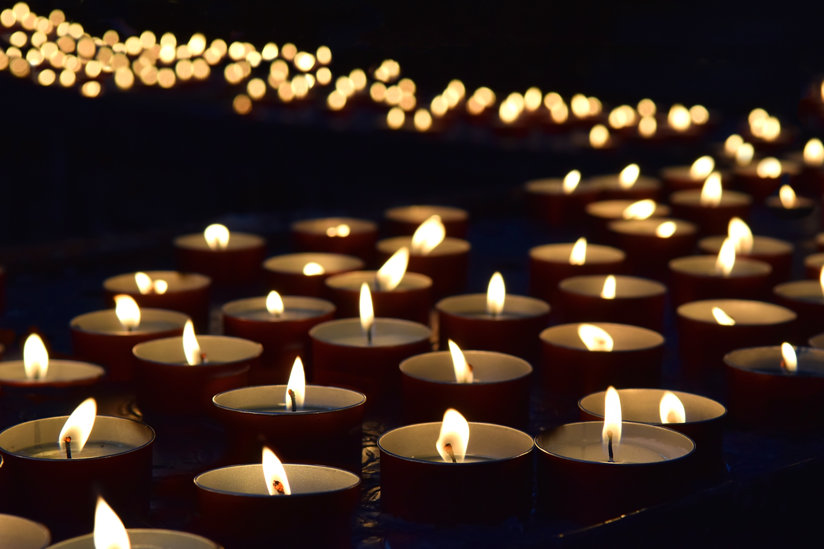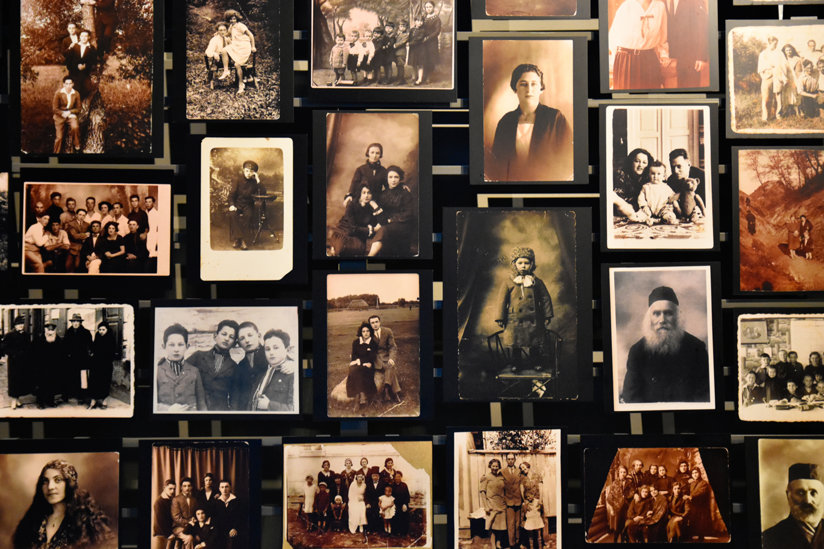
-
HOME
-
WHAT IS STANDOur Mission Our Values Our Help Contact
-
WHAT WE FIGHT FORReligious Freedom Religious Literacy Equality & Human Rights Inclusion & Respect Free Speech Responsible Journalism Corporate Accountability
-
RESOURCESExpert Studies Landmark Decisions White Papers FAQs David Miscavige Religious Freedom Resource Center Freedom of Religion & Human Rights Topic Index Priest-Penitent Privilege Islamophobia
-
HATE MONITORBiased Media Propagandists Hatemongers False Experts Hate Monitor Blog
-
NEWSROOMNews Media Watch Videos Blog
-
TAKE ACTIONCombat Hate & Discrimination Champion Freedom of Religion Demand Accountability
Holocaust Remembrance Day: Confronting the Unconfrontable
On April 19, 1943, the Nazi command ordered the deportation of the remaining Jews of Warsaw, Poland.
The previous summer, more than a quarter-million of their neighbors, friends and loved ones had been deported and murdered at the Treblinka concentration camp.
This time, those who remained refused to go quietly.

They knew they had no chance with their homemade bombs and their crudely fashioned bunkers against the organized might of the German army. But as the one surviving leader of what was to be called the Warsaw Ghetto Uprising said, their inspiration to resist was “not to allow the Germans alone to pick the time and place of our deaths.”
According to the United States Holocaust Memorial Museum, the doomed rebellion was “one of the most significant occurrences in the history of the Jewish people.”
The challenge of Holocaust Remembrance Day is that the remembrance itself is fading.
The date of the uprising, the 27th of the Hebrew month of Nisan, has been memorialized as the date of Yom HaShoah, Holocaust Remembrance Day. On this day we are asked not to reflect, not to commemorate, so much as to try to conceive a crime so unspeakable as the cold-blooded murder of 11 million individual human beings, over 6 million of them Jews. The combined populations of metropolitan New York City and Chicago fall short of the carnage committed by a group who, through some twisted logic, regarded themselves as superior members of the human race.
The challenge of Holocaust Remembrance Day is that the remembrance itself is fading. As the horror recedes in the rearview mirror of history, as those who can bear living witness fall one by one, the twin threats of trivialization and denial jeopardize the reality of the Holocaust. We have seen protestors of various stripes wear the yellow star of the ghetto in an attempt to put whatever they are complaining of on par with bigoted, racist, and antisemitic genocide of a level not seen in our or anyone else’s lifetime. And we have seen the Holocaust deniers exhibiting the true non-confront and pusillanimity of the bigots they are by insisting that the Holocaust never happened, that it was all just another Jewish conspiracy to get reparations from the German government, that all the photographic evidence, all the confessions, the ashes, the ovens, and the testimony of those who lived count for nothing.

Author, scholar and recently appointed U.S. Special Envoy to Monitor and Combat Antisemitism, Professor Deborah Lipstadt, explains the persistence of Holocaust trivialization and denial. “Jews don’t present as victims,” she says. “There’s a certain resilience. Eighty years ago one out of every three Jews in the world were murdered. And yet here we are.”
Professor Lipstadt explains that the Germans were fighting two wars, not one: the first against the world and the other against the Jews. Although they lost the first, in many ways, they won the second. “You go to a synagogue in Europe, now it’s a museum, or it’s no longer a synagogue.”
Thanks to scholars like Professor Lipstadt, groups like the ADL, and the painstaking labors of Holocaust museums in making tangible the unbearable reality that was the Shoah, we are pushed, possibly against our will, to try to conceive what happened a lifetime ago. As Professor Lipstadt advises, “Hate is hate. And it must be fought.”








